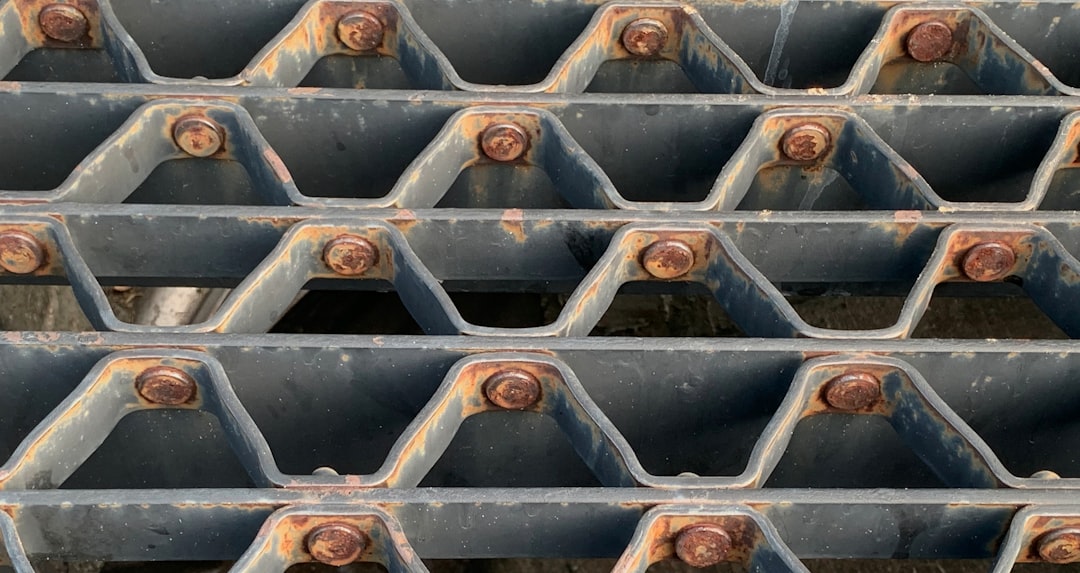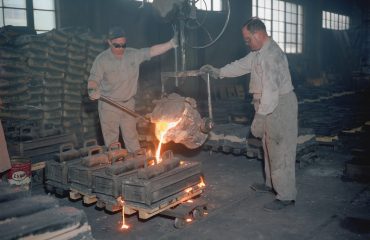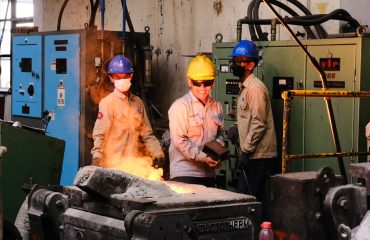body {
font-family: sans-serif;
line-height: 1.6;
}
h1, h2, h3 {
color: #333;
}
h1 {
font-size: 2.5em;
}
h2 {
font-size: 2em;
}
h3 {
font-size: 1.5em;
}
The safe and efficient transportation of natural gas relies heavily on the integrity of the pipelines. Corrosion is a significant threat, leading to leaks, environmental damage, and economic losses. To combat this, various protective coatings are applied to gas pipelines, with EP (Epoxy Powder), PP (Polypropylene), and PE (Polyethylene) coatings being prominent choices. This comprehensive guide delves into the specifics of these coatings, exploring their applications, advantages, disadvantages, and future prospects within the gas pipeline industry.
Understanding EP, PP, and PE Coatings: A Comparison
Each coating offers unique properties: EP coatings are known for their excellent adhesion and corrosion resistance, often applied in a fusion-bonded epoxy (FBE) process for superior durability. PP coatings, featuring high temperature resistance and excellent chemical resistance, are ideal for challenging environments. PE coatings, characterized by their flexibility and ease of application, are cost-effective and suitable for a wide range of applications. The choice between these coatings depends on factors like soil conditions, pipeline diameter, operating pressure, and budget.
Here’s a table summarizing their key differences:
| Property | EP (Epoxy Powder) | PP (Polypropylene) | PE (Polyethylene) |
|---|---|---|---|
| Corrosion Resistance | Excellent | Good | Good |
| Temperature Resistance | Moderate | Excellent | Moderate |
| Flexibility | Low | Moderate | High |
| Cost | Moderate | High | Low |
| Application | Fusion bonded epoxy (FBE) | Extrusion or powder coating | Extrusion |
Applications of EP/PP/PE Coated Pipes in Gas Pipelines
EP, PP, and PE coated pipes find widespread use in various segments of the gas pipeline network. They are crucial for onshore pipelines, protecting against soil corrosion and external damage. Offshore pipelines, exposed to harsh marine environments, often utilize coatings with enhanced UV resistance and improved protection against saltwater corrosion. Furthermore, these coatings are applied to pipelines transporting various gas types, including natural gas, liquefied petroleum gas (LPG), and biogas, demonstrating their versatility.
Advantages and Disadvantages of Using Coated Pipes
Advantages:
- Extended Pipeline Lifespan: Coatings significantly extend the lifespan of pipelines by preventing corrosion and external damage.
- Reduced Maintenance Costs: By preventing corrosion, the need for frequent repairs and replacements is minimized, leading to significant cost savings.
- Improved Safety: Preventing leaks and failures enhances the safety of gas transportation, mitigating risks to the environment and communities.
- Enhanced Environmental Protection: Preventing corrosion minimizes the release of harmful substances into the environment.
Disadvantages:
- Initial Cost: The application of coatings adds to the initial cost of pipeline construction.
- Application Complexity: The application process requires specialized equipment and skilled labor.
- Potential for Coating Defects: Improper application can lead to coating defects, compromising the effectiveness of the protection.
- Limited Temperature Range (for some coatings): Certain coatings may have limitations regarding operating temperature ranges.
Installation and Maintenance of Coated Gas Pipelines
The installation of coated gas pipelines involves careful handling to avoid damaging the coating. Specialized equipment and trained personnel are essential to ensure proper installation and minimize the risk of coating defects. Regular inspection and maintenance are crucial to identify and address any coating damage or degradation. This might involve visual inspections, non-destructive testing methods, and periodic recoating of sections as needed. Proper cathodic protection systems are often implemented in conjunction with the coating to provide additional corrosion protection.
Future Trends in EP/PP/PE Coated Gas Pipelines
The gas pipeline industry is constantly evolving, with ongoing research and development focused on improving coating technologies. This includes exploring new materials with enhanced durability, corrosion resistance, and temperature tolerance. Smart coatings, incorporating sensors for real-time monitoring of pipeline condition, are also gaining traction. Furthermore, the development of more sustainable and environmentally friendly coating materials and application methods is a key area of focus.
The use of advanced techniques like 3D printing for customized coating application and the integration of data analytics for predictive maintenance are expected to further enhance the efficiency and longevity of coated gas pipelines.
In conclusion, EP, PP, and PE coated pipes are essential for ensuring the safe and reliable transportation of natural gas. Careful consideration of the specific application, environmental factors, and cost-benefit analysis is crucial when selecting the appropriate coating. Continuous advancements in coating technology promise even greater protection and efficiency in the future.




